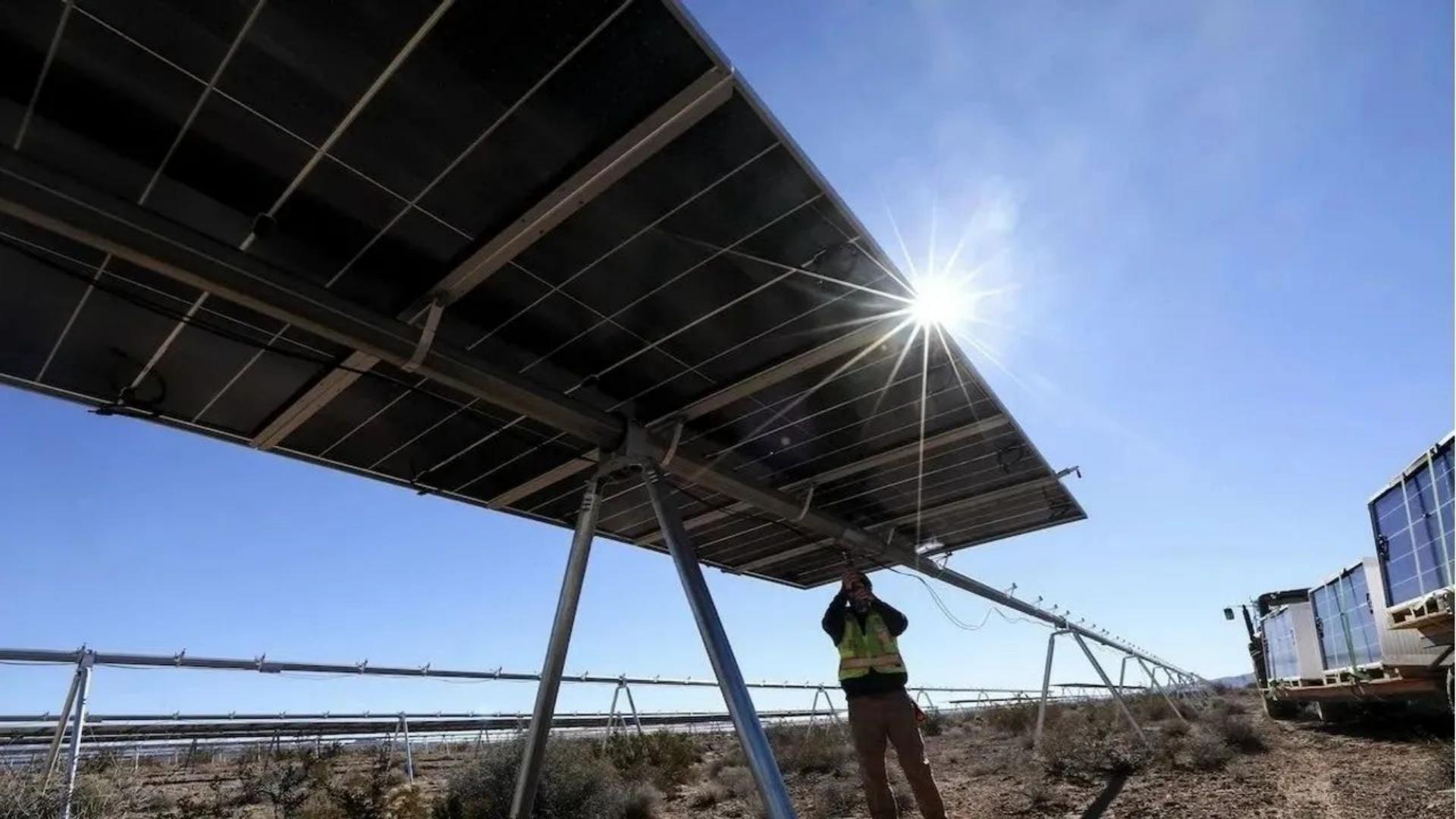The Key to Improve the Efficiency of Solar Panels: Coverage Problem Identification and Fault Detection
Dust and other overlays have a significant impact on photovoltaic power generation systems. One of the effects is that the buildup of cladding reduces the efficiency of solar panels. When the surface of a solar panel is covered with a covering layer, it reduces the transmission of sunlight, which reduces the efficiency of converting light energy into electricity. This is because the covering blocks and absorbs some sunlight, reducing the interaction between photons and electrons. This results in a reduction in the current and power generated by solar panels, which affects the output of the entire photovoltaic power generation system.
Another effect is that the buildup of mulch can cause heating problems. When the cladding covers a solar panel, it traps heat from the sun's rays, raising the panel's temperature. High temperatures can cause panels to degrade, reducing performance and thus reducing the power generation capacity of the system. Solar panels also become less efficient at high temperatures, further reducing energy conversion efficiency. In addition, superposition will increase the maintenance cost of photovoltaic power generation systems. Regular cleaning of solar panels to remove dust and dirt is necessary, which requires an investment of manpower and resources. If neglected to clean, the buildup of cladding can damage the surface of the panel, shorten its service life and increase the cost of more frequent repairs and replacements. Finally, the impact of superposition is not limited to solar panels, but also affects other photovoltaic system components. For example, dust accumulation on the inverter or connection line may cause the equipment to overheat, short circuit or failure, which affects the operational stability and safety of the entire system.
In order to reduce the impact of dust and other covering layers on photovoltaic power generation systems, it is essential to clean solar panels regularly. This can be done by washing with water. Alternatively, tilted solar panels can be installed to use rainwater to wash away dust. In addition, regular inspection and maintenance of other components in the photovoltaic power generation system is also important to ensure the normal operation of the system and power generation efficiency. However, manual cleaning methods are expensive, labor-intensive and time consuming. They also use water that may be scarce in some areas. As a result, researchers have been working on various machine vision techniques to automatically and efficiently detect cladding on photovoltaic panels. These technologies can help reduce maintenance costs and workloads, optimize energy production, and prevent long-term degradation of solar panels.
One of the main methods of superposition detection is based on image processing technology. The method uses computer vision and image processing techniques to detect and analyze the overlays on the surface of solar photovoltaic panels. The method uses drones, satellites or other high-resolution camera equipment to capture images of photovoltaic panels. The method has the advantages of high efficiency, high precision and automation, and can improve the efficiency and accuracy of the superposition detection of photovoltaic panels. It can help the maintenance personnel of the photovoltaic power generation system to discover and remove the covering layer in time to ensure the normal operation of the photovoltaic panels and maximize the efficiency of power generation.
Another emerging approach to superposition detection is based on deep learning techniques. The method uses deep neural networks to automatically detect and identify surface coverings on solar photovoltaic panels. This method performs model training and learning based on a large number of labeled training data. The main advantages of this technique are its high accuracy and automaticity. Deep learning models can more accurately detect and identify superimposed layers on photovoltaic panels by learning patterns and features in large data sets. Compared to traditional methods, the deep learning-based technology can detect superposition layers faster and more reliably, improve the efficiency of photovoltaic panel maintenance, and ensure the optimal performance and power generation efficiency of photovoltaic systems. There are several other methods for overlay detection. These methods provide a more reliable tool for the maintenance and management of photovoltaic power generation systems, helping to maximize the performance and life of solar panels.
The accumulation of the covering layer will lead to the failure of the photovoltaic panel, so it is necessary to carry out the photovoltaic panel fault detection. The purpose of photovoltaic panel fault detection is to ensure the stable operation of the photovoltaic system and maximize the power generation efficiency. Faulty and damaged PV panels can lead to energy loss, system downtime and increased costs. Therefore, fault detection and repair are crucial to the reliability and economy of photovoltaic systems. Fault detection can help detect photovoltaic panel damage and problems such as hot spots, cracks, partial masking and electrical failures. These problems can lead to reduced panel output power and current and voltage imbalances, which can reduce the overall system's power generation efficiency. Through fault detection, problems can be quickly identified and the fault panel can be found for timely repair or replacement. This helps reduce maintenance time and costs, and increases system availability and productivity.






